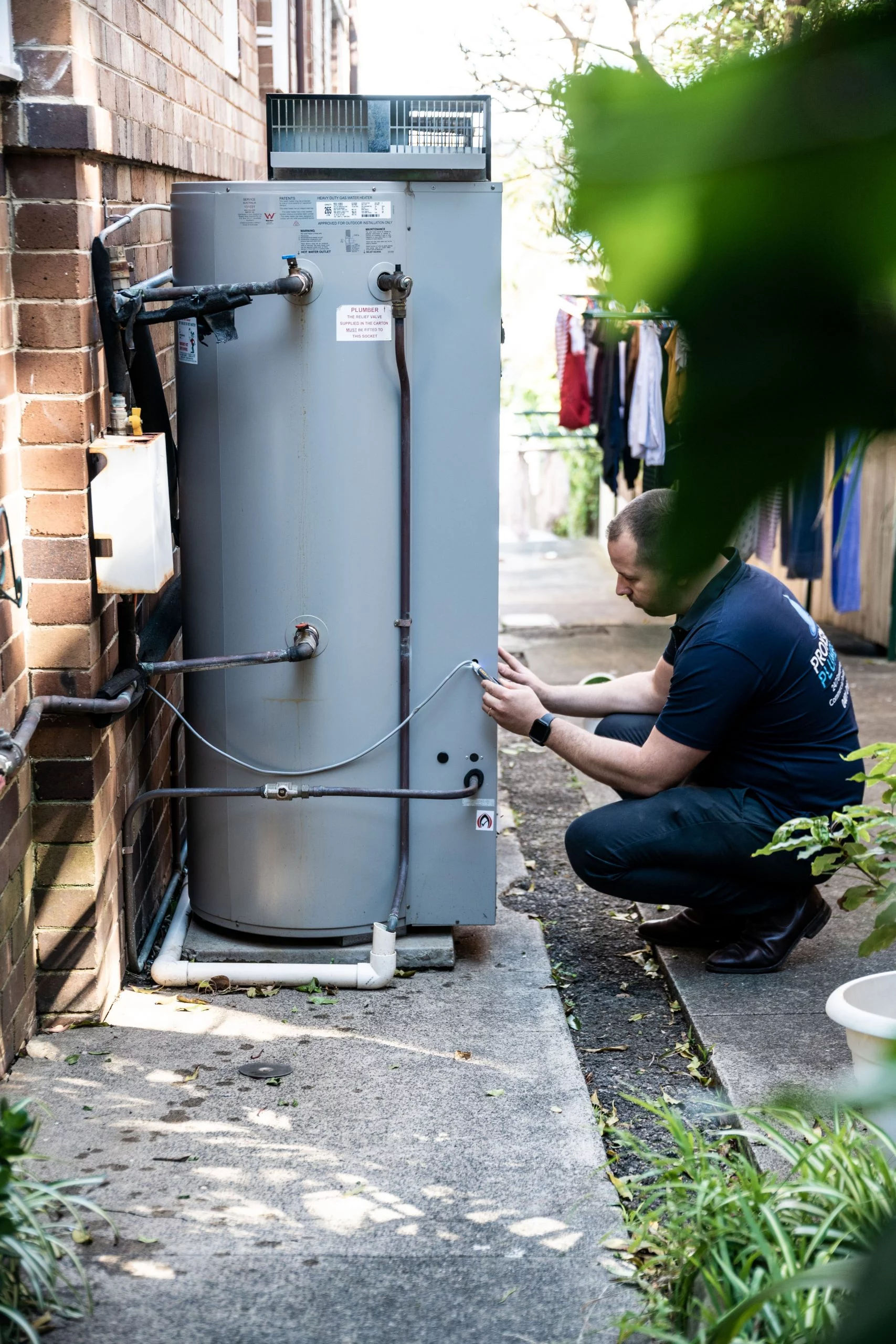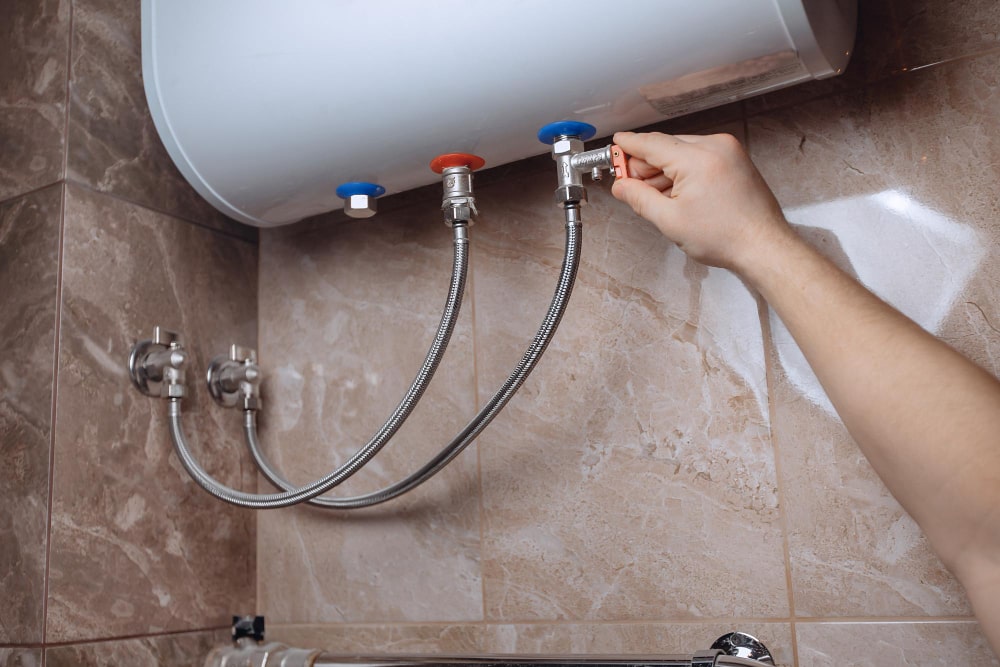On this page below you might get some good information in relation to Tips For Maintaining Your Hot Water Heater.

Hot water is necessary for daily convenience, whether it's for a revitalizing shower or cleaning meals. To guarantee your warm water system runs successfully and lasts much longer, regular maintenance is vital. This write-up supplies functional tips and understandings on exactly how to maintain your home's hot water system to prevent disturbances and costly fixings.
Introduction
Keeping your home's hot water system could seem daunting, however with a few easy actions, you can guarantee it operates efficiently for years ahead. This guide covers whatever from recognizing your hot water system to do it yourself upkeep suggestions and recognizing when to hire specialist help.
Value of Keeping Your Hot Water System
Regular maintenance not only expands the lifespan of your hot water system yet also ensures it runs efficiently. Overlooking upkeep can bring about decreased effectiveness, greater energy expenses, and also premature failure of the system.
Indications Your Warm Water System Needs Maintenance
Recognizing when your warm water system needs interest can avoid significant issues. Keep an eye out for signs such as irregular water temperature, unusual sounds from the heater, or rusty water.
Understanding Your Warm Water System
Before diving into upkeep tasks, it's valuable to recognize the basic parts of your hot water system. Usually, this consists of the water heater itself, pipes, anode poles, and temperature controls.
Monthly Maintenance Tasks
Routine monthly checks can assist capture minor problems prior to they escalate.
Flushing the Hot Water Heater
Purging your water heater eliminates debris build-up, improving effectiveness and lengthening its life.
Monitoring and Changing Anode Rods
Anode poles avoid corrosion inside the tank. Checking and changing them when broken is essential.
Examining and Changing Temperature Level Setups
Adjusting the temperature settings makes sure optimum efficiency and safety and security.
DIY Tips for Upkeep
You can perform several upkeep jobs yourself to keep your hot water system in top condition.
Checking for Leakages
Consistently check pipelines and links for leakages, as these can bring about water damages and greater costs.
Examining Stress Relief Valves
Examining the stress safety valve guarantees it operates appropriately and prevents too much stress build-up.
Shielding Pipelines
Shielding warm water pipelines decreases warm loss and can save energy.
When to Call a Professional
While do it yourself upkeep is valuable, some concerns call for specialist experience.
Facility Concerns Needing Expert Assistance
Examples include major leakages, electrical problems, or if your water heater is consistently underperforming.
Regular Professional Upkeep Conveniences
Specialist upkeep can include comprehensive examinations, tune-ups, and making sure compliance with safety and security criteria.
Final thought
Routine maintenance of your home's warm water system is vital for performance, long life, and expense savings. By complying with these suggestions and knowing when to look for expert help, you can ensure a trustworthy supply of hot water without unexpected disruptions.
Water Heater Maintenance Tips
Test the TPR Valve
Shut off the power and the cold-water supply valve. Place a bucket under the pipe connected to the temperature-pressure-release (TPR) valve on the top or side of the tank. (This valve opens if the tank pressure gets too high.) Lift the valve’s tab to let some water out, then let go. If water keeps flowing, drain the tank partway, unscrew the old valve with a pipe wrench, and install a new one. Check the Anode Rod
Put a hose to the tank’s drain cock and let out a few gallons of water. Now fit a 1 1/16-inch socket onto the rod’s hex head on top of the heater (or under its top plate) and unscrew the rod. If it’s less than ½ inch thick or coated with calcium, buy a new one, wrap its threads with Teflon tape, put it back in the tank, and tighten securely. Use this segmented rod if headroom above the tank is limited. Drain the Tank and Wash Out Sediment
Drain the remaining water in the tank into the bucket, then stir up the sediment on the tank’s bottom by briefly opening the cold-water supply valve. Drain and repeat until clean water comes out of the hose. Close the drain cock, refill the tank, and turn its power back on. Adjust the Temperature
Find the temperature dial on the side of the tank and unscrew its cover. Adjust the dial to 120 degrees using a flathead screwdriver. For every 10 degrees the temperature is lowered, you can expect to save up to 5 percent in energy costs. Turn the water heater off or the thermostat down to its lowest setting if you plan to be away from home for more than three days. Insulate the Pipes
Buy some self-sticking 3/8-inch-thick foam pipe insulation that matches the pipes’ diameter. Slide the foam over the hot-and cold-water pipes as far as you can reach. Insulating the cold-water pipe prevents condensation in summer. Peel the tape and squeeze the insulation closed. If the pipe is 6 inches or less from the flue, cover it with 1-inch-thick unfaced fiberglass pipe wrap. https://www.thisoldhouse.com/plumbing/21016402/how-to-maintain-a-water-heater

Hopefully you enjoyed reading our topic about Tips on Maintaining a Water Heater. Thanks so much for spending some time to read through our article. Sharing is caring. Helping others is fun. Kudos for your time. Kindly visit our blog back soon.
Click Here